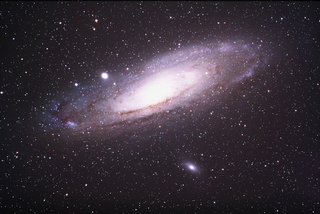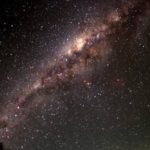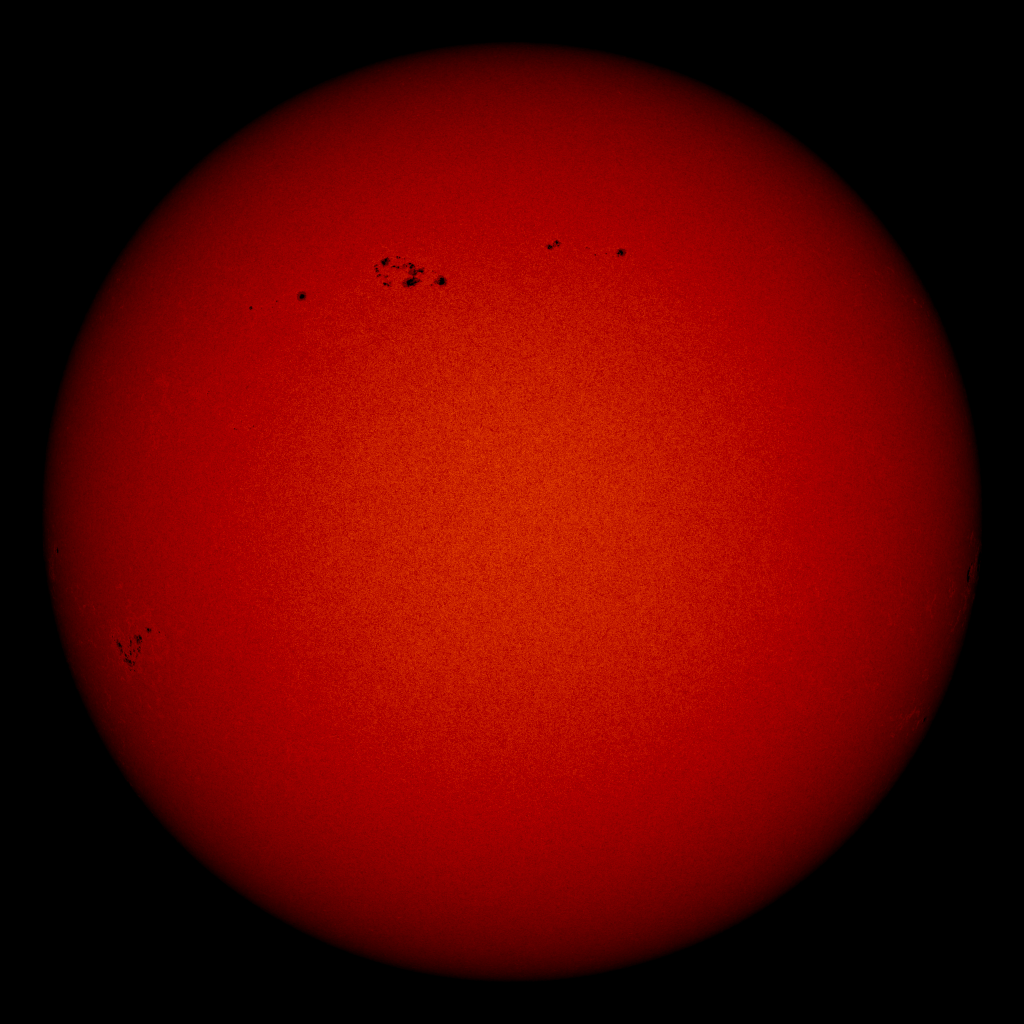
by Gerald Rezes
The autumn equinox arrives on September 22, 2023, at 5:43 AM PDT. While the summer constellations sink into the western horizon, the autumn constellations start to rise. By midnight, they are overhead. The autumn sky lacks the bright stars of the summer and winter skies which can make identifying individual constellations a challenge. At the heart of the autumnal sky is six constellations telling the ancient Greek story of Perseus and Andromeda. The players depicted in their celestial spheres are Andromeda, a fair maiden chained to the rocks. Cetus – the terrible sea monster for whom Andromeda is a snack. King Cepheus and Queen Cassiopeia watch on as their daughter is sacrificed. The winged horse Pegasus brings our hero Perseus, holding the Medusa head and brandishing his sword, to the rescue.
Moon Phases
- Sept. 24 – Last Quarter

- Oct. 2 – New Moon

- Oct. 10 – First Quarter

- Oct. 17 – Full Moon

- Oct. 24 – Last Quarter

- Nov. 1- New Moon

- Nov. 8 – First Quarter

- Nov. 15 – Full Moon

- Nov. 22 – Last Quarter

- Nov. 30 – New Moon

- Dec. 8 – First Quarter

- Dec. 15 – Full Moon

- (Source: Griffith Observatory)
Astronomically speaking, one of the most identifiable features of the Autumn sky is the Square of Pegasus asterism. Using the Square as a starting point, a long “V” pattern starts at the northeastern corner of the Square and marks the constellation of Andromeda. In Andromeda is one of the most recognizable galaxies and a true treasure of the fall sky, M31 – The Andromeda Galaxy. Once called the Andromeda Nebula, astronomy great Edwin Hubble used Cepheid variables in the Andromeda nebula to determine that the nebula was too distant, nearly 250,000,000 light-years,
to be part of our Milky Way and thus was a galaxy onto itself. Opposite M31 and its guide stars is the galaxy M33 in Triangulum. M33 is a large pin-wheel spiral galaxy. The large “W”, north of Andromeda, makes up the constellation of Cassiopeia. Between Cassiopeia and Perseus is a favorite of binocular and wide-field scopes, the Double Cluster, NGC 869, and NGC 884.
Also in Perseus is the Demon Star, Algor, whose regular eclipses in its multi-star system cause Algol to change in brightness giving to the notion that it was demonic. Cepheus is a rather non-descript constellation is near the north pole. Finally, the water constellations: Aquarius, Pieces, Cetus, and Eridanus make up the rest of the autumn sky though they are not very bright.
A partial, near-total, lunar eclipse will be visible on the night of November 18-19. Learn more.
Planets
- Mercury transitions from the morning sky to evening with superior conjunction on September 30. Mercury reaches its greatest evening altitude on November 19 and sinks back to the morning sky with inferior conjunction on December 5.
- Venus remains an evening planet throughout fall.
- Mars is a morning planet throughout fall.
- Jupiter is a morning planet for most of fall becoming an evening planet with opposition on December 7.
- Saturn well placed evening planet throughout fall.
- Uranus (Aries) is at opposition on November 16 and is an evening planet. Near Jupiter throughout fall.
- Neptune (the Pisces circlet) will be well placed in the evening sky throughout fall. The will be a lunar occultation on November 11.
- Pluto starts to sink to the west as the fall progresses.
- Ref: https://in-the-sky.org/newscalyear.php?year=2024&maxdiff=7 & https://theskylive.com/pluto-info
Meteor Showers
- October 7-8: The Draconids peak.
- October 20-21 – The Orionids peak.
- November 16-17: The Leonids peak.
- December 13-14 – The Geminids peak.
Last Updated on November 17, 2023








Recent Comments